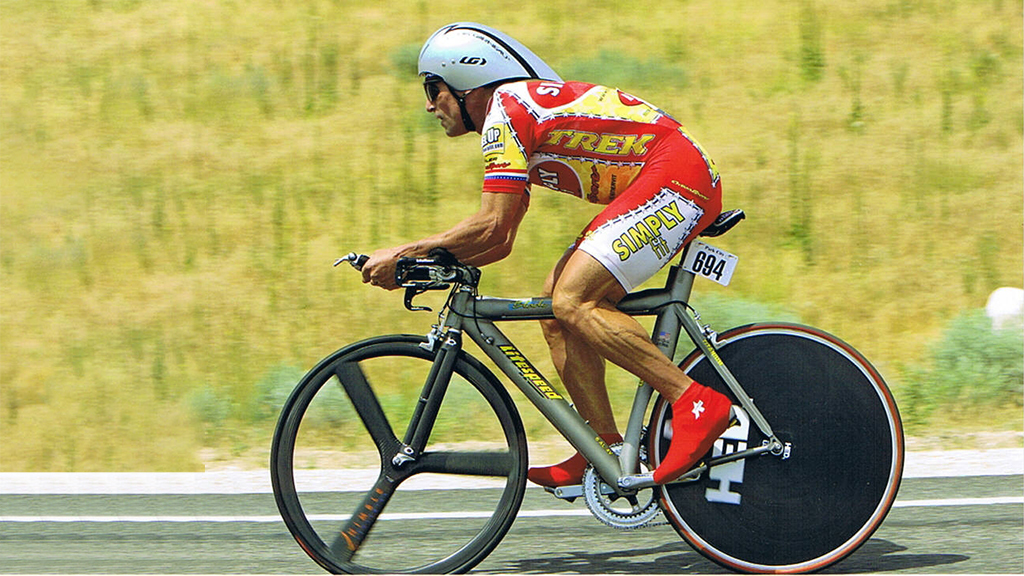Crosscutting Concepts: A Professional Book Study for Elementary Educators
Are you an elementary educator working to enhance your knowledge of the crosscutting concepts and how they can be leveraged to strengthen science and engineering learning in K-12 classrooms? Register to participate in the Crosscutting Concepts: A Professional Book Study for Elementary Educators, taking place in February/March 2022! The first web seminar in the series is scheduled to take place February 23, 2022.
Are you an elementary educator working to enhance your knowledge of the crosscutting concepts and how they can be leveraged to strengthen science and engineering learning in K-12 classrooms? Register to participate in the Crosscutting Concepts: A Professional Book Study for Elementary Educators, taking place in February/March 2022! The first web seminar in the series is scheduled to take place February 23, 2022.
Are you an elementary educator working to enhance your knowledge of the crosscutting concepts and how they can be leveraged to strengthen science and engineering learning in K-12 classrooms? Register to participate in the Crosscutting Concepts: A Professional Book Study for Elementary Educators, taking place in February/March 2022! The first web seminar in the series is scheduled to take place February 23, 2022.
Are you an elementary educator working to enhance your knowledge of the crosscutting concepts and how they can be leveraged to strengthen science and engineering learning in K-12 classrooms? Register to participate in the Crosscutting Concepts: A Professional Book Study for Elementary Educators, taking place in February/March 2022! The first web seminar in the series is scheduled to take place February 23, 2022.
Are you an elementary educator working to enhance your knowledge of the crosscutting concepts and how they can be leveraged to strengthen science and engineering learning in K-12 classrooms? Register to participate in the Crosscutting Concepts: A Professional Book Study for Elementary Educators, taking place in February/March 2022! The first web seminar in the series is scheduled to take place February 23, 2022.






